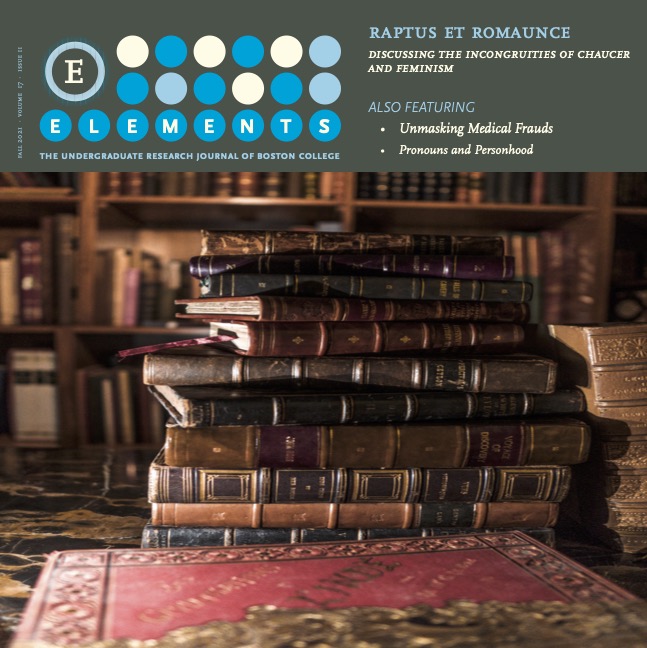Raptus et Romaunce
Discussing the Incongruities of Chaucer and Feminism
DOI:
https://doi.org/10.6017/eurj.v17i2.14927Abstract
This paper seeks to analyze the incongruous nature of Geoffry Chaucer as the romance poet and as the courtier. In the paper, I will explore Chaucer as a feminist by looking at the two sides of his personage—personal and professional this paper will delve into the history of Raptus and its cultural significance at the time—looking in particular at the case of Raptus brought against Chaucer involving Cecily Chaumpaigne and its subsequent dismissal. Morales plans on highlighting the dichotomous themes of two of Chaucer’s works: The Canterbury Tales and the Legend of Good Women in particular. This paper will analyze and challenge the natifeminist representations of women in those poems found in The Canterbury Tales as compared to The Legend of Good Women—in additions to the mention of other miscellaneous works. This paper will establish that the inclusion of women in Chaucer’s consideration of his audience as well as his engagement with diverse modes of written word helped catalyze the shift from the traditional role of women in romance literature as compared to what can be seen in some of his later works.
Downloads
Published
How to Cite
Issue
Section
License
Copyright (c) 2022 Elements, Taylor Morales

This work is licensed under a Creative Commons Attribution 4.0 International License.

